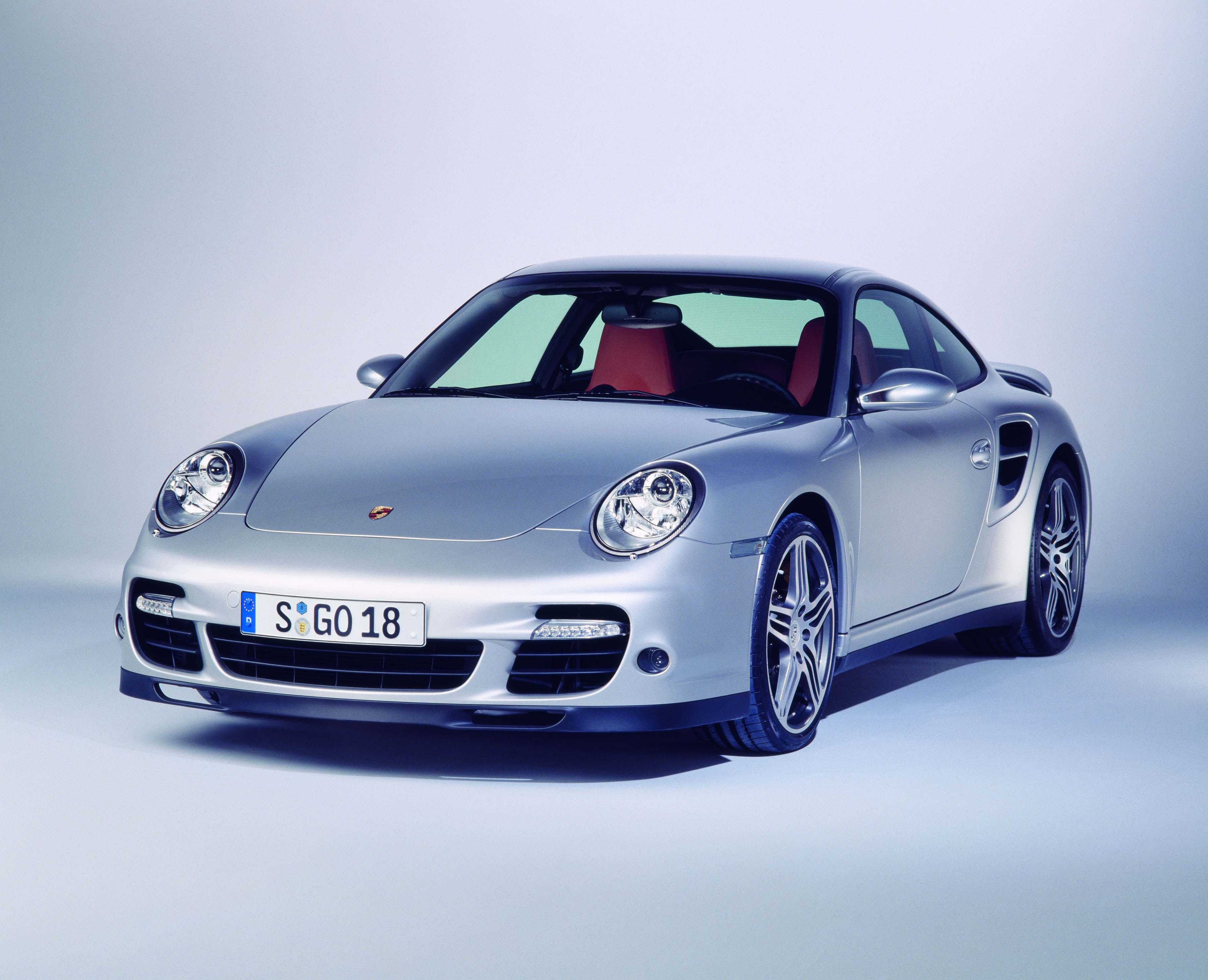How does Porsche stand up to the competition?
As 911 enthusiasts we tend to wear Porsche tinted spectacles, sometimes to the exclusion of other cars. But it’s a competitive market and there are plenty of manufacturers who would like a bigger slice of Porsche’s particular pie. So when the opportunity occurs to try some of these aspirants alongside current Porsches, it is not to be missed.
One occasion is the SMMT’s annual test day at Millbrook proving ground. Built by GM in the late 1960s when money was almost no object, Millbrook’s facilities are impressive. The high speed bowl permits unfettered acceleration runs, the handling circuit allows road behaviour in extremis to be explored and the hill course is the Nürburgring in miniature.
Not all competitors are present – no Aston Martins or Ferraris, but Nissan has brought along its 370Z. It’s a start and proves an entertaining sports car, but it pales in comparison with the Cayman which we climb into next. Without being any faster, the junior Porsche has so much more feel and agility, the precisely weighted steering and gearchange immediately bond with the driver. Porsches have real brakes, too, and the entry to Millbrook’s tight bends, later than with the 370Z and with more precision, flatters drivers with only ordinary skills. The hill course suits BMW’s latest Z4 even less; a fine driving position and beautifully made cabin, not to mention another of Munich’s wonderful straight sixes, are not in their element here. We are aware of the weight on that engine, the double-clutch gearbox seems slightly slow on the uptake and BMW brakes are not made for Millbrook’s gradients.
Audi’s petrol A8 combines elegance, an exquisite interior and that splendid 4.2 V8. This is a big four-seater yet it can hurtle noiselessly to 100mph almost as fast as a 911. It conducts its bulk around Millbrook with aplomb and there is but one failing; the driver feels uninvolved. It is almost as if the car’s own systems are in total control, and initially we find ourselves arriving almost too quickly at corners, so undemonstrative is the A8. Fortunately, the Audi’s brakes are well up the task, but it is instructive that Porsche can build a four-door executive express of similar dimensions and offer a completely different driving experience. The V6 Panamera packs 100 fewer horsepower, but despite its 1760kg mass, it’s still a driver’s car. In the Audi, you feel the plutocrat will be in the back seat reading the Financial Times, but with the Panamera, he’s more likely to take the wheel himself and catch up with the markets later.
Audi’s TT RS boasts 335bhp and has zest aplenty and a gorgeous five cylinder soundtrack, and although it attacks Millbrook’s sinuous test track with more enthusiasm than the Z4, it can’t match the poise of the Cayman.
The Audi R8 is the modern junior supercar that many Porsche unbelievers feel the 911 should be. It is the car with everything; looks, the sound of that 5.2 V10, performance and four-wheel drive. This is a car which is almost impossible to fault other than its slotted gearshift. The R8 is easy to drive and if there is a flaw, it is perhaps this slight lack of involvement, a feeling that with such huge firepower, more should be asked of the driver. We are biased but the 911 Turbo driven with equal verve over the same circuit feels more exciting and the extraordinarily tactile 997 GT3 is in another league altogether.
How is it that Porsches can consistently offer a superior driving experience? It is surely a combination of their incredible sure footedness, control weights which are always be spot on and manual gearshifts which are a joy to use. A Porsche fits like a glove; there is immediate complicity between car and driver, a meeting of minds.


Comments (0)